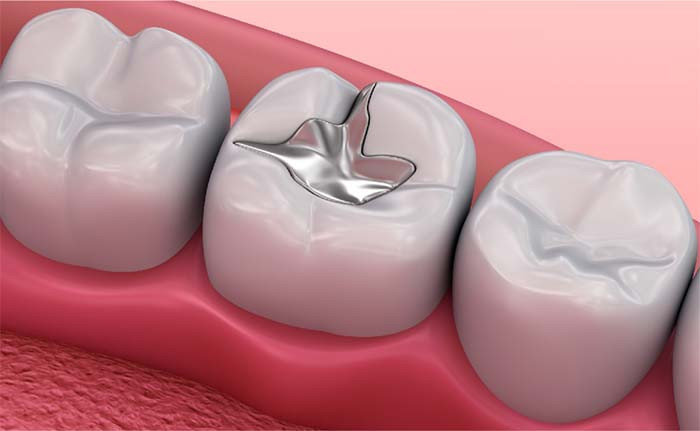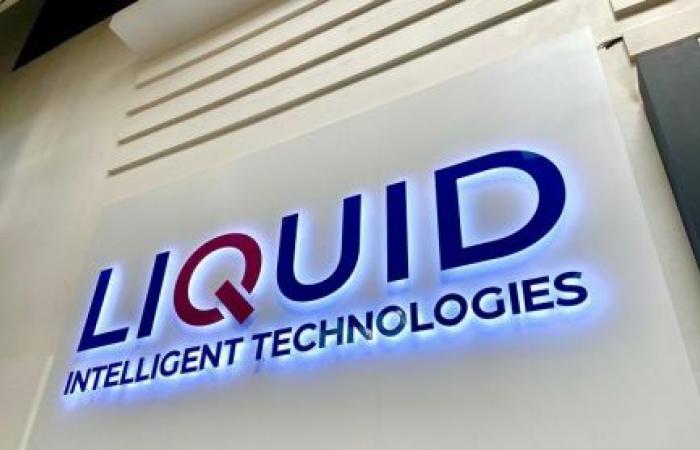
FACED with a tooth decay situation as a patient, you visit the dental clinic and the dentist presents two main options for fillings to save the day.
The first is a resin-based composite filling that blends naturally with the tooth’s appearance.
The second, and more traditional choice, is the silver-coloured mercury-based dental amalgam, long favoured for its durability and affordability, particularly in cost-conscious regions like Africa.
Which option would you choose?
Although the amalgam has many practical benefits, it is vital to consider the fact that these fillings contain approximately 50% mercury, one of the most hazardous non-radioactive metals known to science.
This information should be considered before making a decision.
As research continues to uncover the potential health risks associated with mercury exposure, patients and dental professionals alike are faced with a critical question: Are these century-old fillings truly safe or is it time to embrace modern, mercury-free alternatives?
The composition of dental amalgams reveals why this subject is of immense importance.
- Zim health system is in intensive care: How it got there
- Measles threat growing
- Take your child for measles vaccination
- Residents cry foul over Ngozi Mine pollution
Keep Reading
Half of the material consists of pure mercury, while the remainder contains silver, tin, copper and traces of other metals.
Mercury exists in several forms, each with distinct toxic properties.
The vapour form (Hg0), which escapes from amalgam fillings during daily activities like chewing or drinking hot liquids, primarily targets the nervous system.
Once inhaled, mercury vapour can cross the blood-brain barrier, accumulating in neural tissues where it may contribute to cognitive decline and neurological disorders.
The ionic form (Hg++), created when mercury interacts with bodily fluids, poses particular risks to kidney function and other organ systems.
Perhaps most alarming is methylmercury (CH3-Hg+), the organic form that represents the most toxic variation, though this is typically associated with environmental contamination rather than direct release from dental fillings.
The pathways through which mercury from amalgam fillings enters and affects the body are numerous and concerning.
During normal chewing, microscopic mercury vapour releases occur, with studies suggesting that up to 80% of this vapour is absorbed through the lungs into the bloodstream.
Additionally, tiny particles of amalgam wear away over time and are swallowed, where stomach acids convert a portion into absorbable ionic mercury.
Perhaps less widely recognised is mercury’s ability to enter nerve endings in oral tissues and its direct transmission to the central nervous system.
The World Health Organisation (WHO) estimates that individuals with amalgam fillings may absorb between three and 17 micrograms of mercury daily, with significant variations depending on factors like the number of fillings and personal habits.
Scientific research has linked chronic mercury exposure from dental amalgams to a range of serious health concerns.
Neurologically, mercury’s tendency to accumulate in brain tissue has raises alarm about its potential role in neurodegenerative conditions like Alzheimer’s disease, with studies showing elevated mercury levels in the brain of affected patients.
The kidneys, as the body’s primary filtration system, bear the brunt of mercury’s toxic effects, potentially leading to impaired function over time.
Developing foetuses are the most vulnerable, as mercury readily crosses the placental barrier, with research indicating that babies born to mothers with amalgam fillings may have twice the mercury concentration in their brain and kidney tissues compared to those whose mothers are amalgam-free.
These findings have led many health experts to strongly advise against amalgam use in pregnant women and young children.
Understanding how mercury escapes from dental fillings helps to explain why they pose an ongoing health risk.
The mixed metals in amalgam create tiny electrical currents that accelerate mercury release through a process called galvanic corrosion.
The mouth’s warm, moist environment, combined with its natural electrolytes, create ideal conditions for this electrochemical breakdown.
Everyday activities dramatically influence this process: Drinking hot beverages can double mercury vapour release with every 100C temperature increase, while acidic foods and drinks like citrus fruits or carbonated drinks accelerate the corrosion process.
Mechanical factors like chewing, teeth grinding or even gum chewing can increase mercury emission by astonishing amounts, some studies suggest up to 15 000% during vigorous chewing.
Documented cases of mercury toxicity from dental amalgams provide compelling real-world evidence of these risks.
One particularly telling report described three patients suffering classic symptoms of mercury poisoning including fatigue, tremors and cognitive difficulties who all showed extremely high mercury levels in urine tests.
Their common factor? Multiple amalgam fillings combined with frequent nicotine gum chewing, which apparently accelerated mercury release.
After safe removal of the amalgams by trained professionals, all three patients saw their mercury levels return to normal and their symptoms resolve completely.
Such cases underscore that mercury exposure from dental amalgam is not merely theoretical, but a measurable clinical reality with potentially serious consequences.
In contrast to amalgam, modern composite fillings offer a safer alternative despite the drawbacks in durability.
These tooth-coloured materials contain no mercury or other toxic metals, eliminating concerns about neurological or systemic toxicity.
While they may require replacement slightly more often than amalgam in high stress areas of the mouth, advances in composite technology have significantly improved their longevity and performance.
The aesthetic advantage is undeniable as composites blend seamlessly with natural tooth structure, making them particularly appealing for visible areas.
Moreover, their bonding technique often allows for more conservative tooth preparation, preserving more healthy tooth structure compared to traditional amalgam placements.
The growing body of evidence regarding mercury’s health risks has prompted several European nations to restrict or ban dental amalgam use altogether.
Sweden, Norway and Denmark have taken particularly strong stances, recognising that safer alternatives now exist.
This shift reflects an important evolution in dental philosophy that no medical treatment should prioritise cost saving over patient safety when safer options are available.
For patients considering their options, several key recommendations are emerging from current research.
Women who are pregnant, planning pregnancy or breastfeeding should avoid amalgam fillings entirely due to the documented risks to foetal development.
Individuals with existing kidney conditions or neurological concerns may benefit from consulting biological dentists about safe amalgam removal protocols.
Most importantly, patients should feel empowered to discuss these concerns openly with their dental providers and request mercury-free alternatives when available.
The dental profession faces an important crossroads as this evidence continues to accumulate.
While amalgam’s century long history and low cost have made it the mainstay in many practices, the ethical imperative to prioritise patient health over tradition or economics becomes increasingly clear.
Regulatory bodies and dental associations worldwide must confront these findings honestly and work to facilitate the transition to safer alternatives, particularly in developing nations where cost concerns remain paramount.
Ultimately, the question is not whether we can continue using mercury amalgams, but whether we should.
With safer materials now available and mounting evidence of mercury’s health risks, the answer seems increasingly apparent.
The time has come for dentistry to fully embrace mercury-free alternatives, ensuring that dental treatment promotes overall health rather than potentially compromising it.
As awareness grows among both practitioners and patients, we may soon look back on mercury fillings as a relic of a less enlightened era in dental medicine.
- Patience Matambo is a final year BSc Dental Surgery student at the People’s Friendship University of Russia. She can be reached at [email protected]










